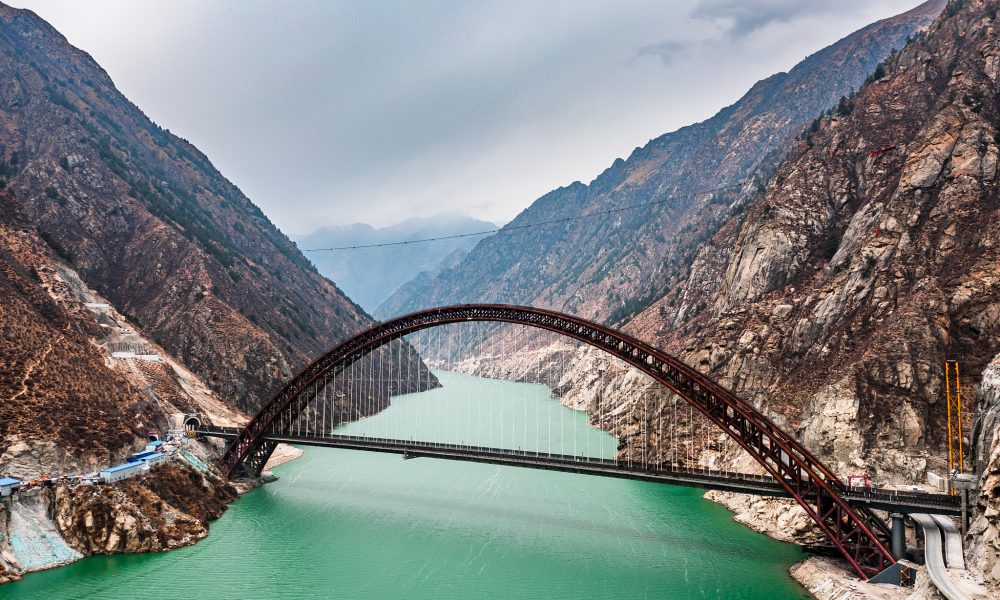On June 25, the first bullet train line entered China’s transportation line.
What We Know:
- The capital of Tibet, Lhasa, now connects to the city of Nyingchi by bullet rail. It crosses over 31 regions of mainland China, giving residents access to the train. Six years of construction created the railway stretching 435 kilometers and containing 47 tunnels and 131 bridges.
- The construction of a single railway from Sichuan to Tibet is divided into three segments. Segment one is the Chengdu-Ya’an Railway, completed in 2018 and fully operational. The second segment is the Lhasa-Nyingchi Railway, which opened this month for use by bullet train. Constructing segment three, the Ya’an-Nyingchi Railway, started in 2020 with projections of completion by 2030. The new Lhasa-Nyingchi route is part of the 1,740-kilometer Sichuan-Tibet Railway line.
- Fuxing bullet trains used on the lines move at 160 kilometers per hour. The state operates the Fuxing trains through its China State Railway Group, spending $3.5 billion to build the Lhasa-Nyingchi line for its trains to utilize. Dual power engines in Fuxing bullet trains allow for both internal combustion and electric engines. Hence, these trains can operate on both electrified or non-electrified lines.
- Dubbed “Roof of the World,” the train travels at high altitudes. Nearly the entire route is 3,000 meters or more above sea level, obliging special protocols for operators. Fuxing trains keep oxygen levels constant at 23.6 percent to ensure stabilized conditions. Additionally, high altitudes bring UV risks to customers. Special protective glass covers windows to shield from strong UV rays.

- In addition to convenience, the Lhasa-Nyingchi Railway makes political, economic, and social statements. It spans over disputed territory between China and India, where tensions remain high in recent months. In terms of economics, spending exuberant amounts on high-tech transportation indicates financial prosperity. By connecting regions, some disputed territories, the railway is an avenue for social cohesion and spreading Chinese political influence.
The completion of the railway shortens travel time, connects regions, and promotes domestic travel. Likewise, leader Xi Jinping makes a political statement by its completion.




One thought on “First Bullet Train Line Approved to Enter Service”